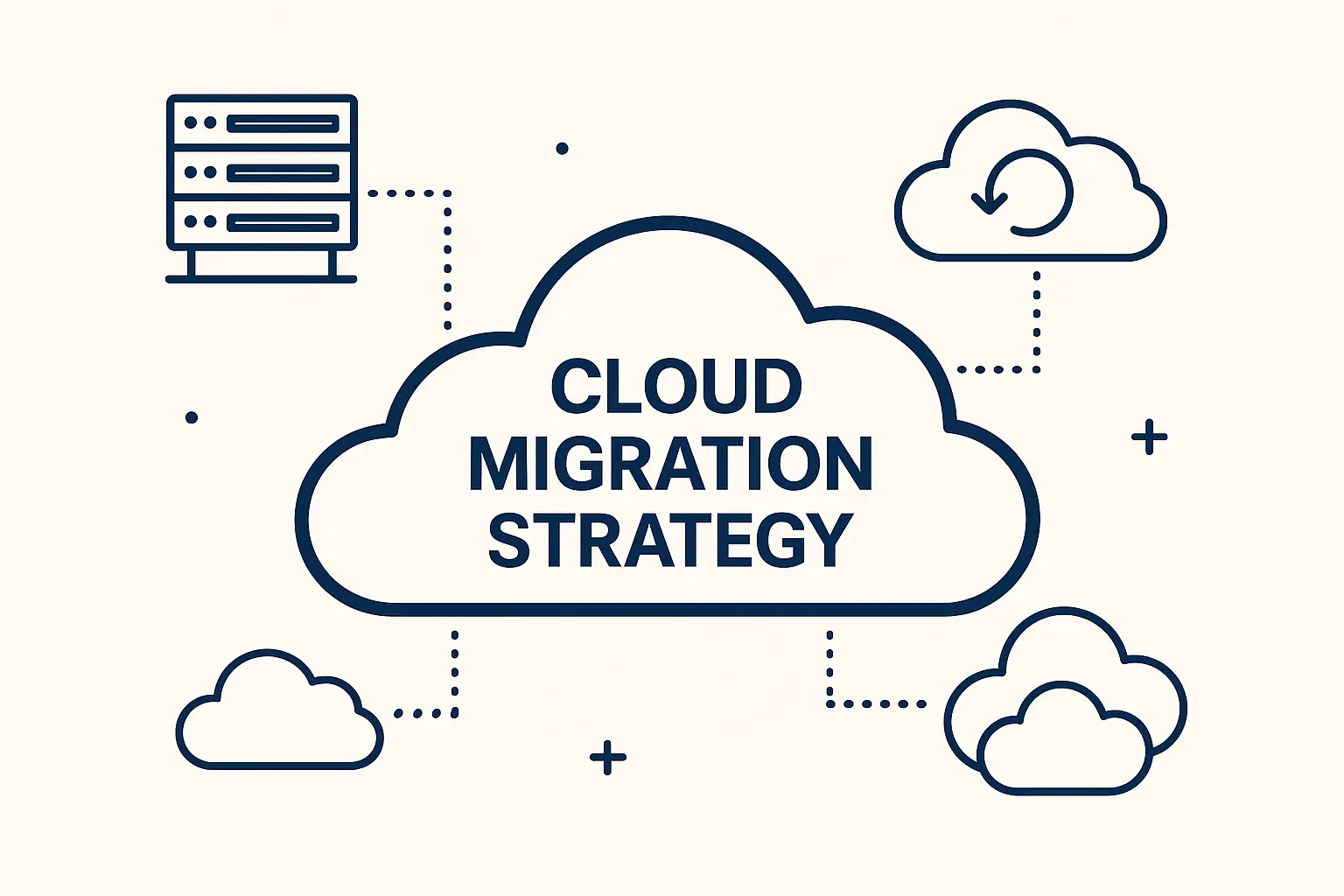Executive Summary
Maintaining an on-premises infrastructure is becoming a financial and operational liability for most organizations. As cloud platforms mature, they offer not just cost advantages but a strategic edge in terms of agility, innovation, and scale.
This article outlines how to approach cloud migration strategically, covering the nuances of cross-cloud setups, when multi-cloud makes sense (especially for SaaS players like Wix or Snowflake), and why staying on-premises is often more expensive than it appears.
Introduction
Cloud adoption isn’t just a tech trend. It’s a business imperative.
Companies that delay migration often cite data sovereignty, performance sensitivity, or just plain inertia. But those that lead the charge are seeing gains in product velocity, resilience, and operational flexibility.
Yet, the path to the cloud isn’t one-size-fits-all.
A smart cloud migration strategy aligns technology with the realities of business—risk appetite, existing contracts, talent, and long-term vision.
The Business Problem: On-Prem Costs Are a Slow Bleed

The hidden costs of maintaining your own data centers are substantial:
- CapEx-heavy investments: Hardware upgrades, cooling systems, real estate.
- Underutilization: Resources often sit idle to accommodate peak loads.
- Talent drain: Skilled engineers prefer working with modern cloud tools.
- Security overhead: Patching, compliance, and threat detection are all on you.
💬 CEO Brief: Think of your on-prem setup like owning a factory in an age of smart contract manufacturing. You get control, but at huge maintenance cost.
Even heavily regulated industries (like banking or healthcare) are embracing hybrid or cloud-first approaches, because the ROI is simply too compelling to ignore. Source: Gartner on Hybrid Cloud
Technical Insight: Cross-Cloud and Multi-Cloud Realities
Cloud migration isn’t just about “lifting and shifting” workloads to AWS or Azure. Sophisticated organizations often consider:
1. Cross-Cloud Portability
Cross-cloud means building your workloads to be portable between clouds. Kubernetes, Terraform, and container-based CI/CD pipelines enable this. Learn about Kubernetes
💡 Simple View: Imagine building a house on wheels. You can move it between lands (clouds) without tearing it down.
2. When Multi-Cloud Makes Sense
Multi-cloud is the strategic use of more than one cloud provider simultaneously. Companies like Wix (front-end scaling) or Snowflake (performance guarantees) do this to:
- Avoid vendor lock-in
- Meet latency requirements across regions
- Achieve compliance with data residency laws
- Optimize for cost/performance
But it comes with complexity: governance, security policies, and interconnectivity must be tightly managed.
Snowflake Multi-Cloud Strategy
3. Tools and Frameworks That Help
- Infrastructure as Code: Terraform, Pulumi
- Observability: Datadog, New Relic
- CI/CD: GitHub Actions, ArgoCD, Spinnaker
- Security: HashiCorp Vault, Prisma Cloud
These tools ensure consistency and resilience across environments.
Strategic Recommendations
- Begin with a Business-Driven Cloud Assessment
- Identify systems that are cost centers vs. strategic assets
- Evaluate licensing and contract lock-ins
- Design for Resilience and Flexibility, Not Just Cost
- Invest in loosely coupled architectures
- Embrace managed services for non-core capabilities
- Don’t Over-Engineer Multi-Cloud
- Use it where it adds strategic value—not everywhere
- Favor simplicity where uptime and innovation matter more than theoretical portability
- Align Security with Cloud-Native Practices
- Adopt zero-trust networking
- Automate policy enforcement and audits Zero Trust Guide from NIST
- Reskill and Retain Talent
- Internal training, certifications, and DevOps cultural shifts are key to cloud maturity DevOps Skill Report by Puppet
ROI and Impact
Companies that execute a smart cloud migration strategy see:
- 30–50% TCO reduction over 3–5 years
- Faster time-to-market through scalable dev/test environments
- Improved uptime and customer experience via globally distributed infrastructure
- Enhanced security posture through managed, up-to-date services
🧠 Case Snapshot: One financial firm saved $7M/year post-migration by decommissioning two on-prem data centers and modernizing its fraud analytics stack using GCP BigQuery and Looker.
Conclusion
Cloud migration isn’t about “moving to the cloud.” It’s about repositioning your business for growth, speed, and resilience.
Whether you’re debating AWS vs. Azure, or tackling a multi-cloud roadmap, make sure your cloud migration strategy is grounded in your business goals—not just IT trends.
Let’s talk about how your migration roadmap aligns with competitive advantage.

